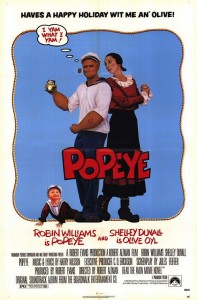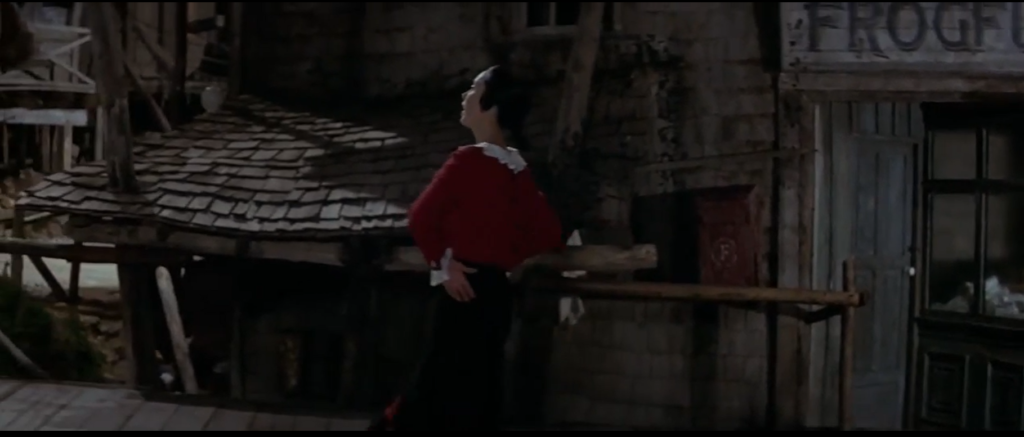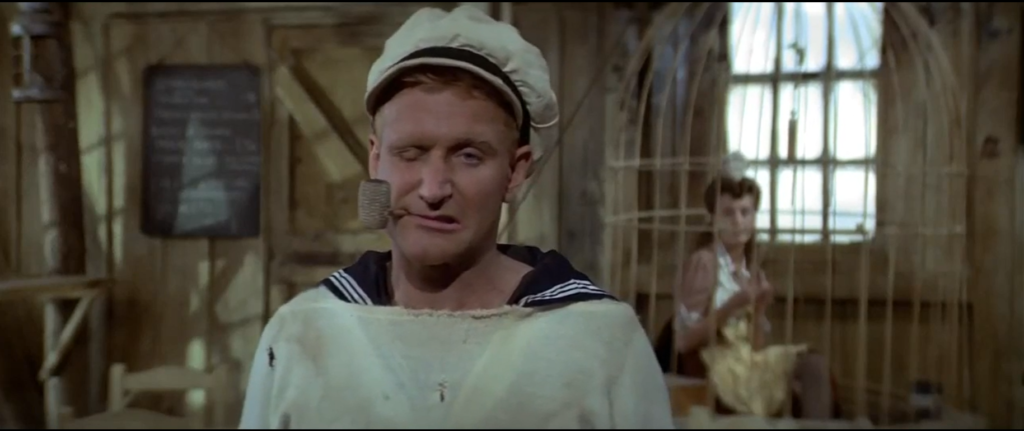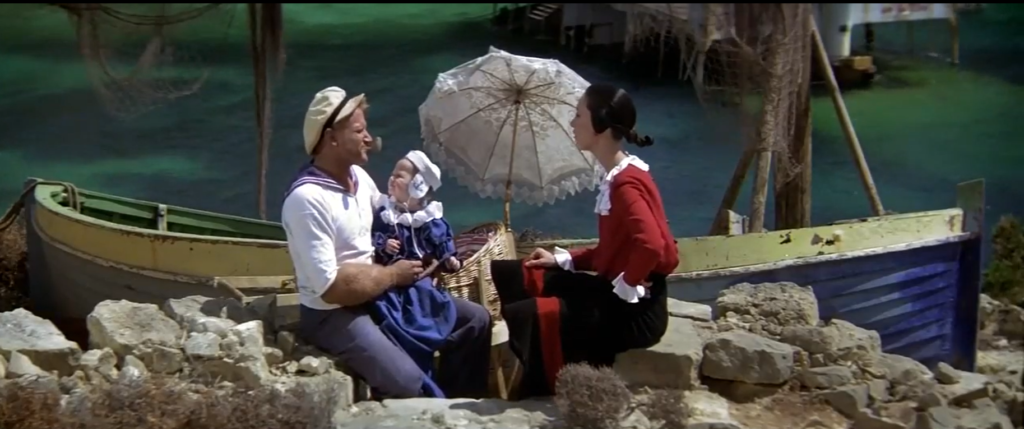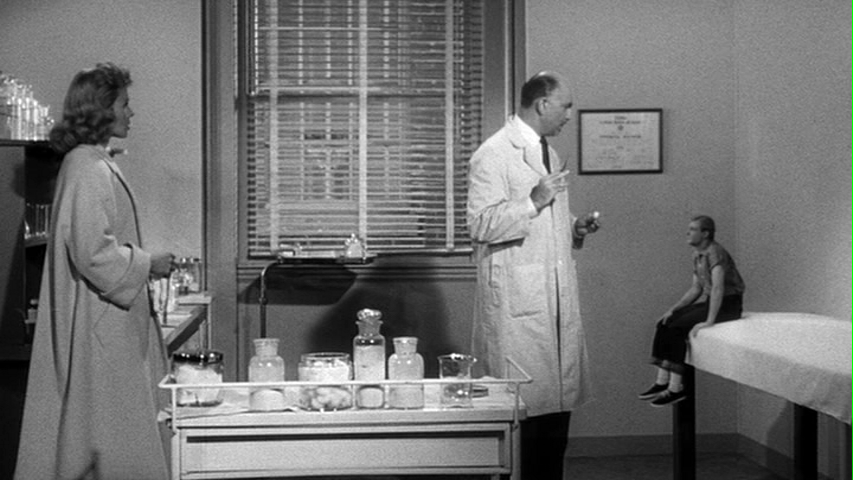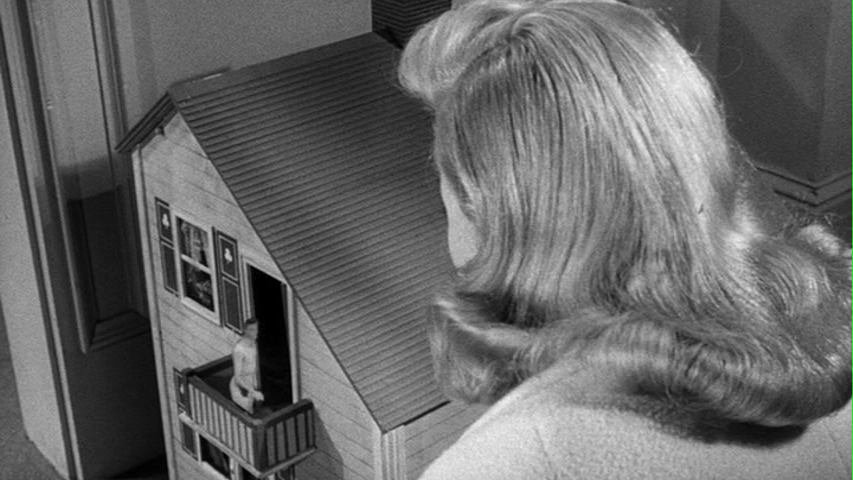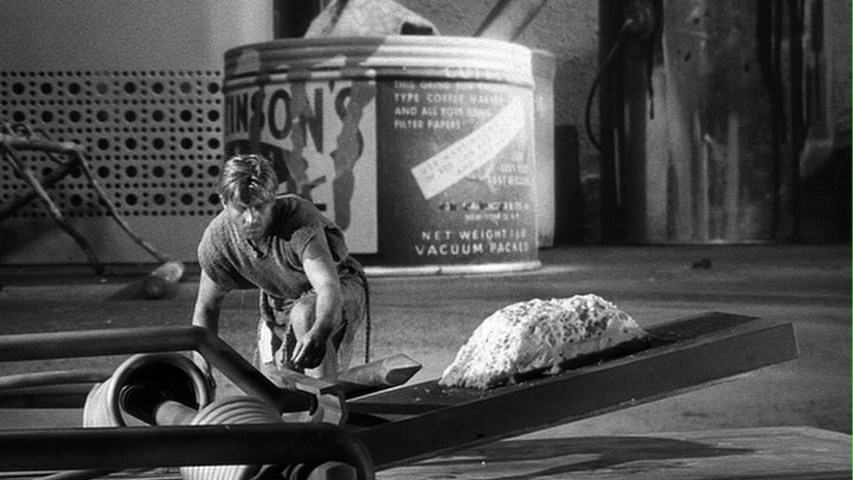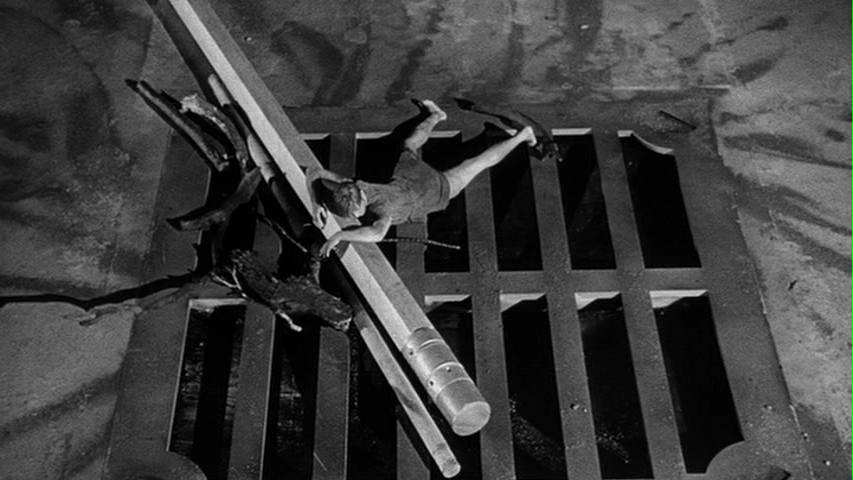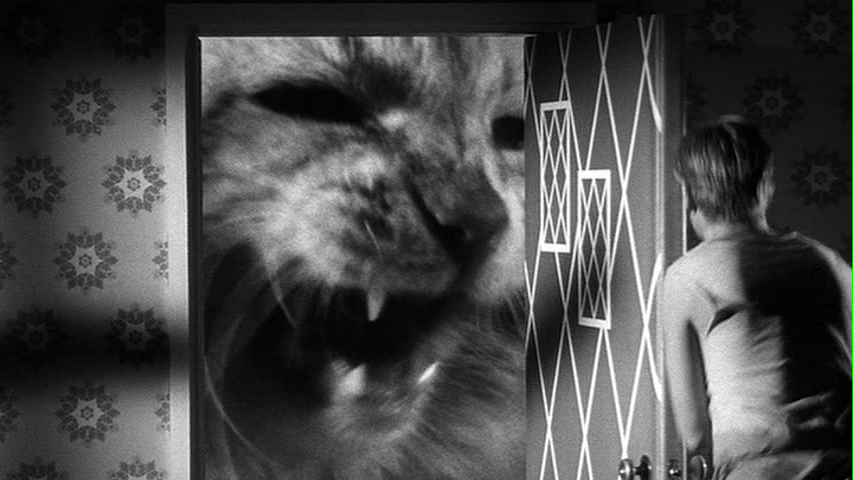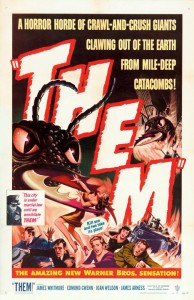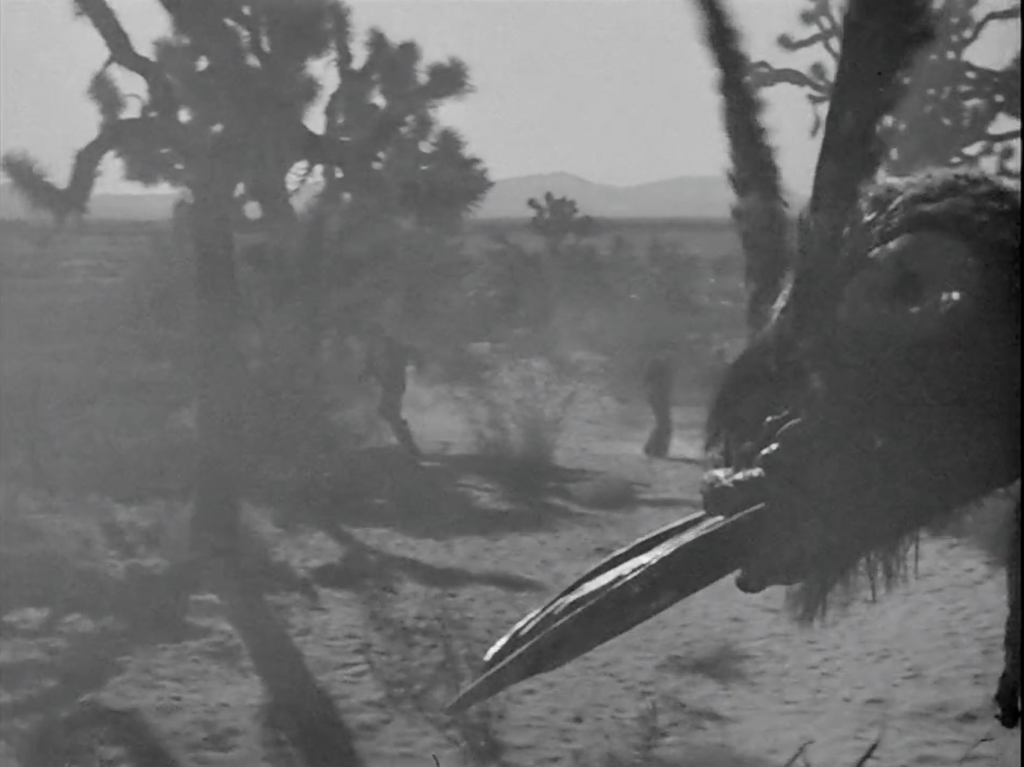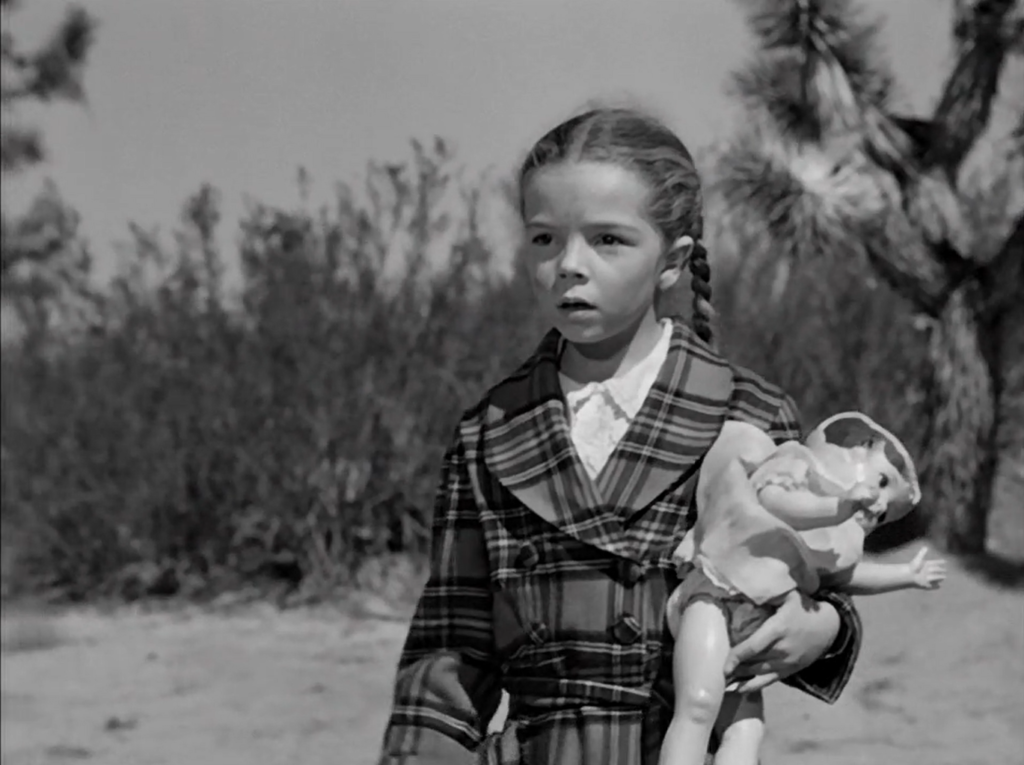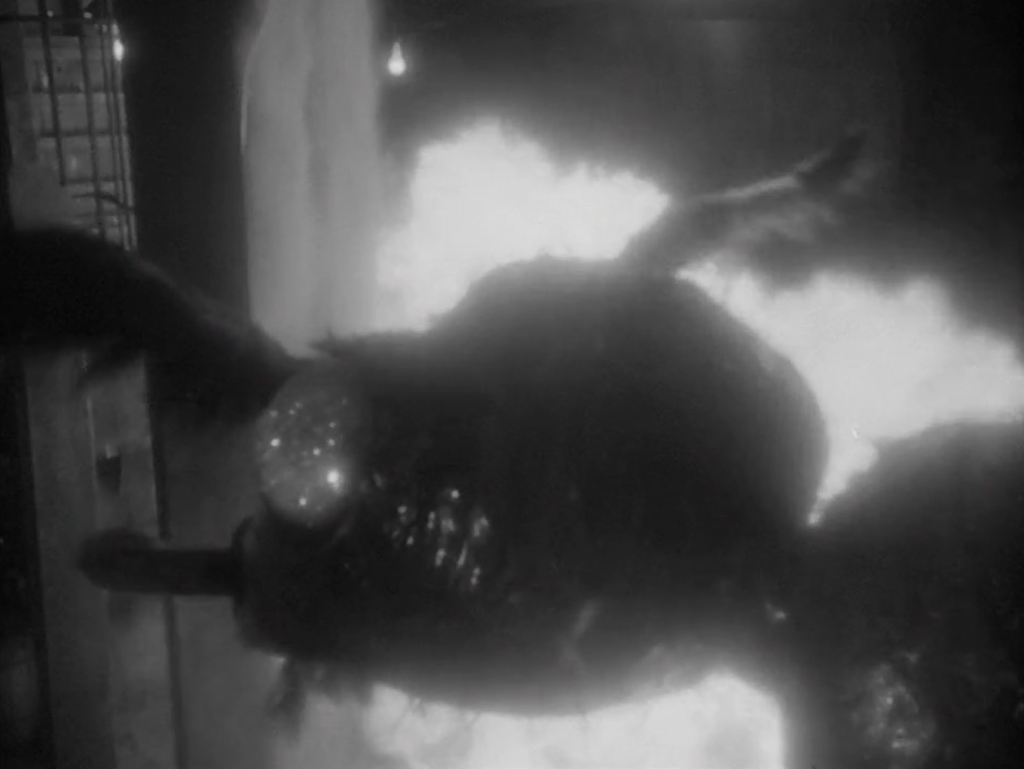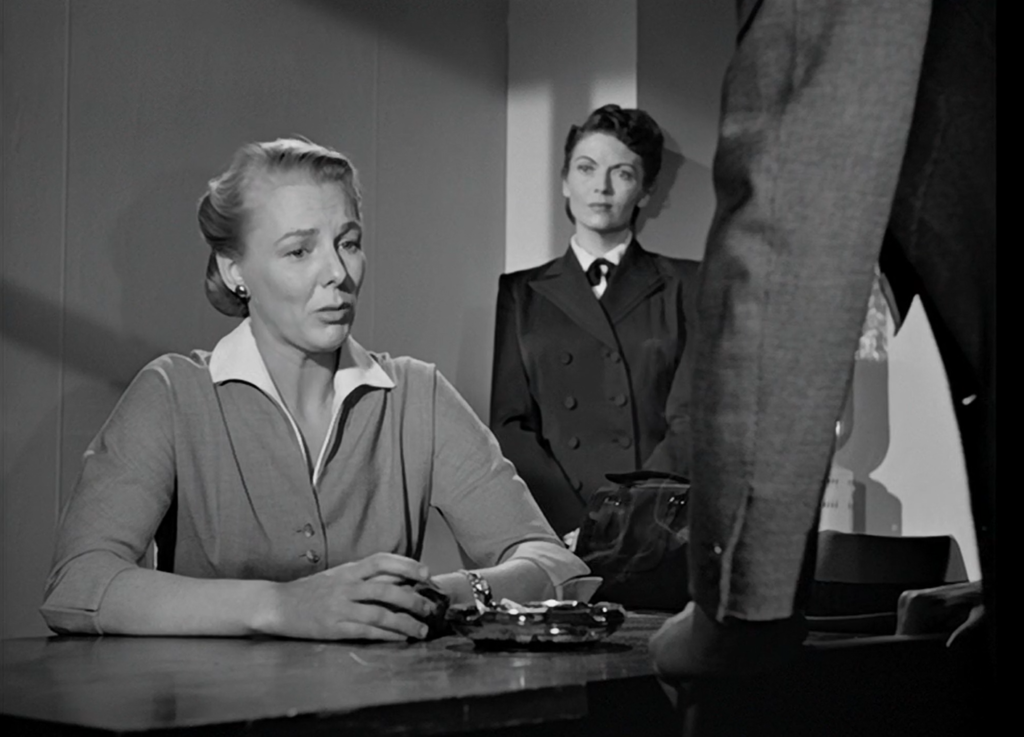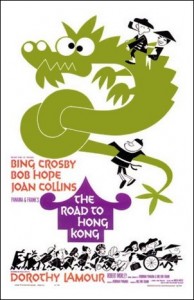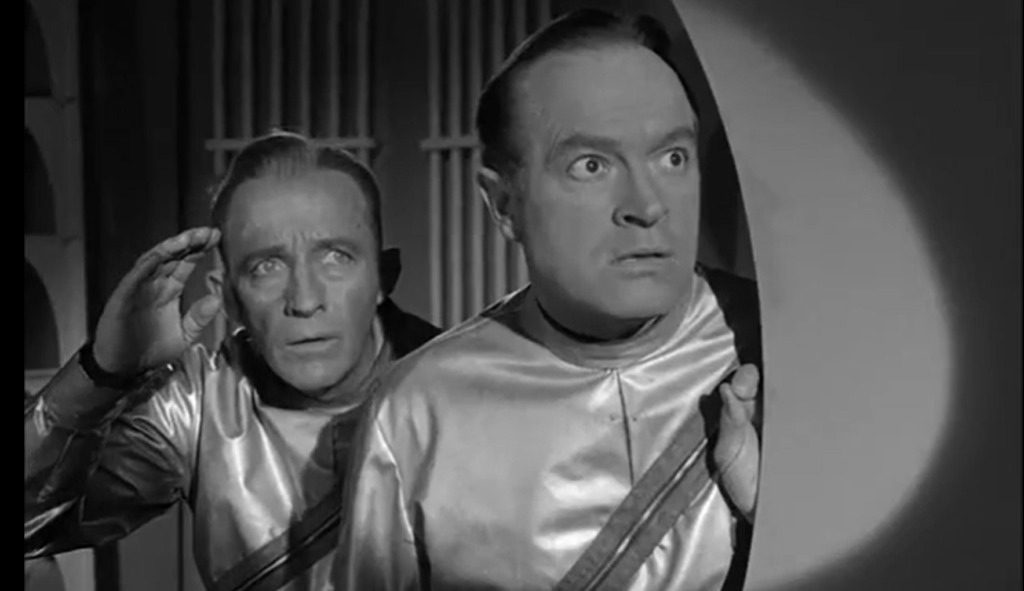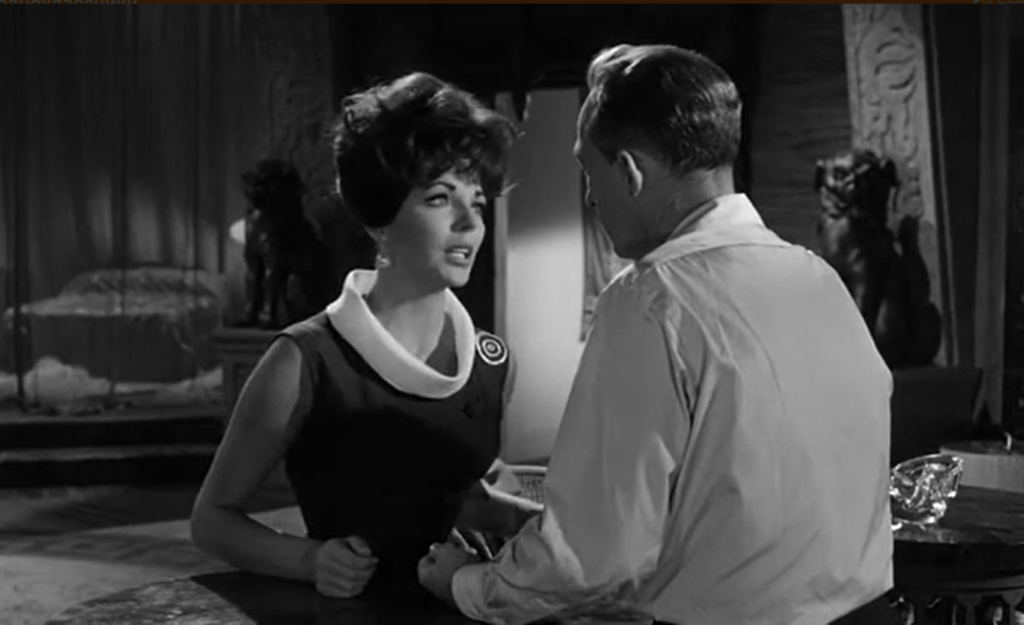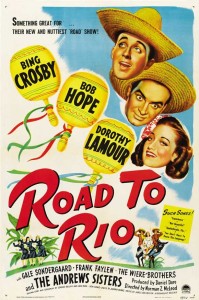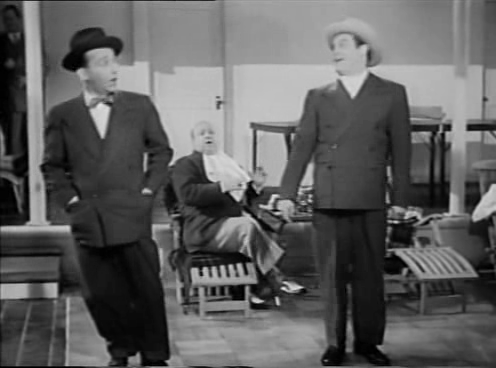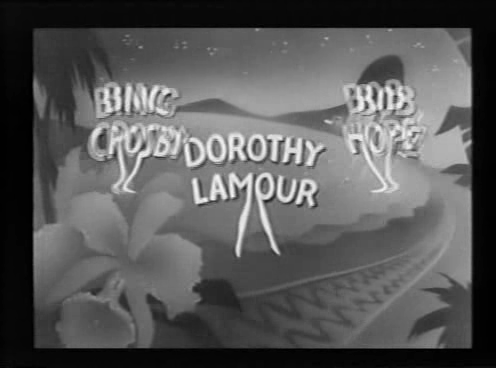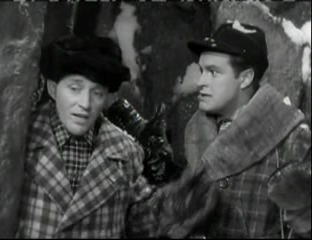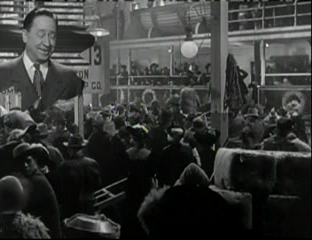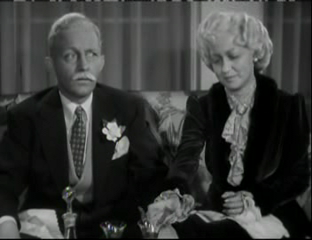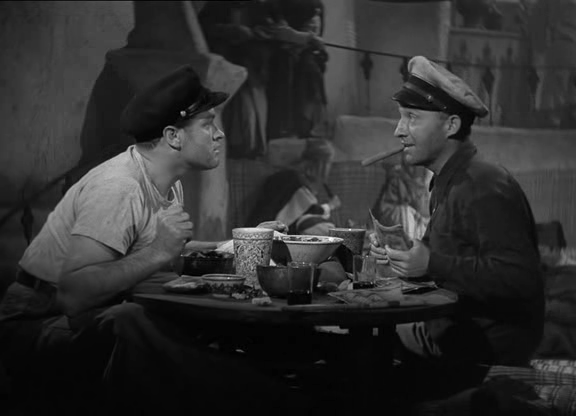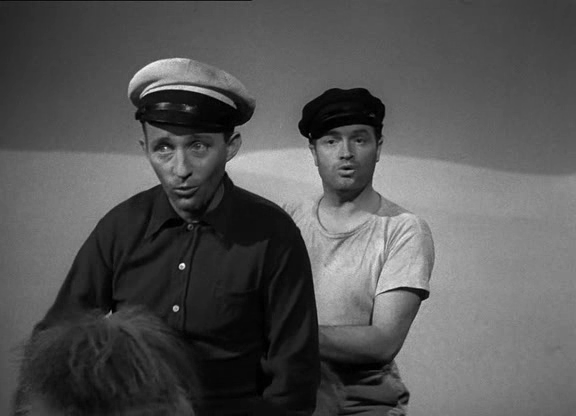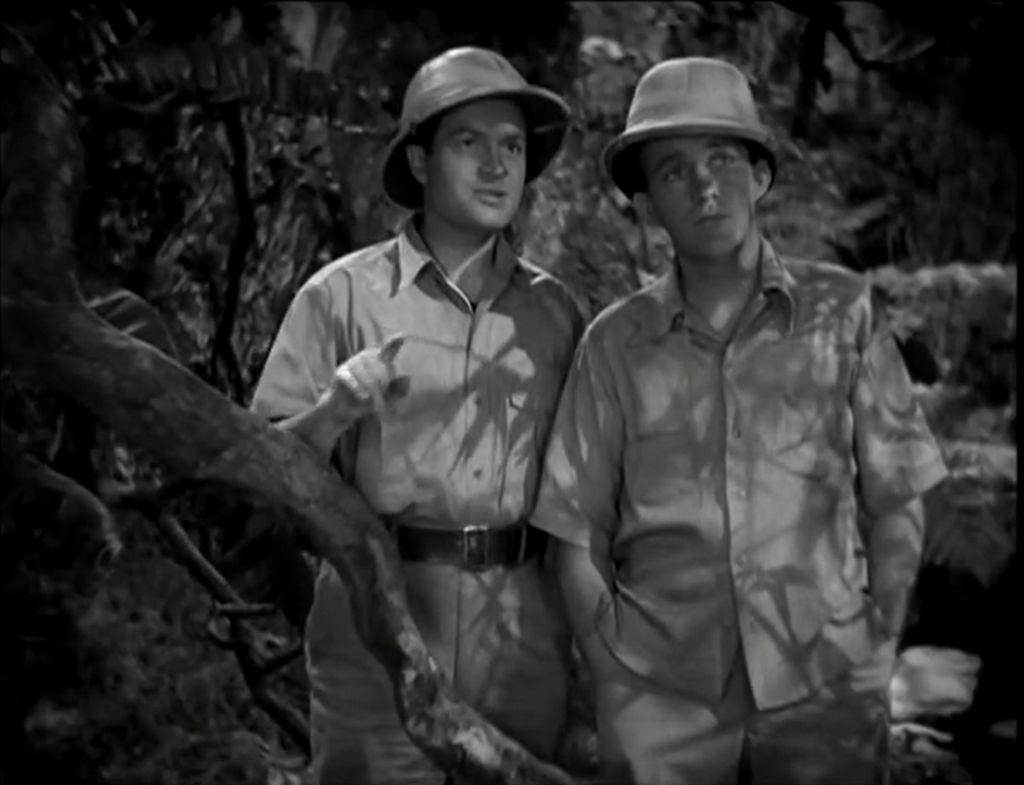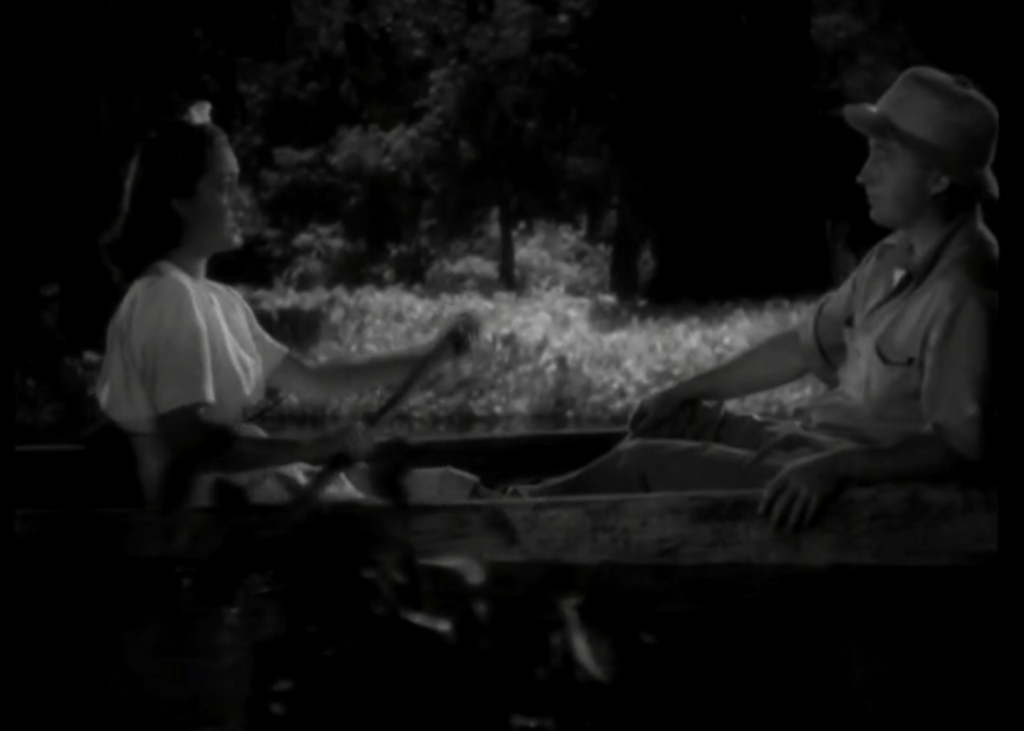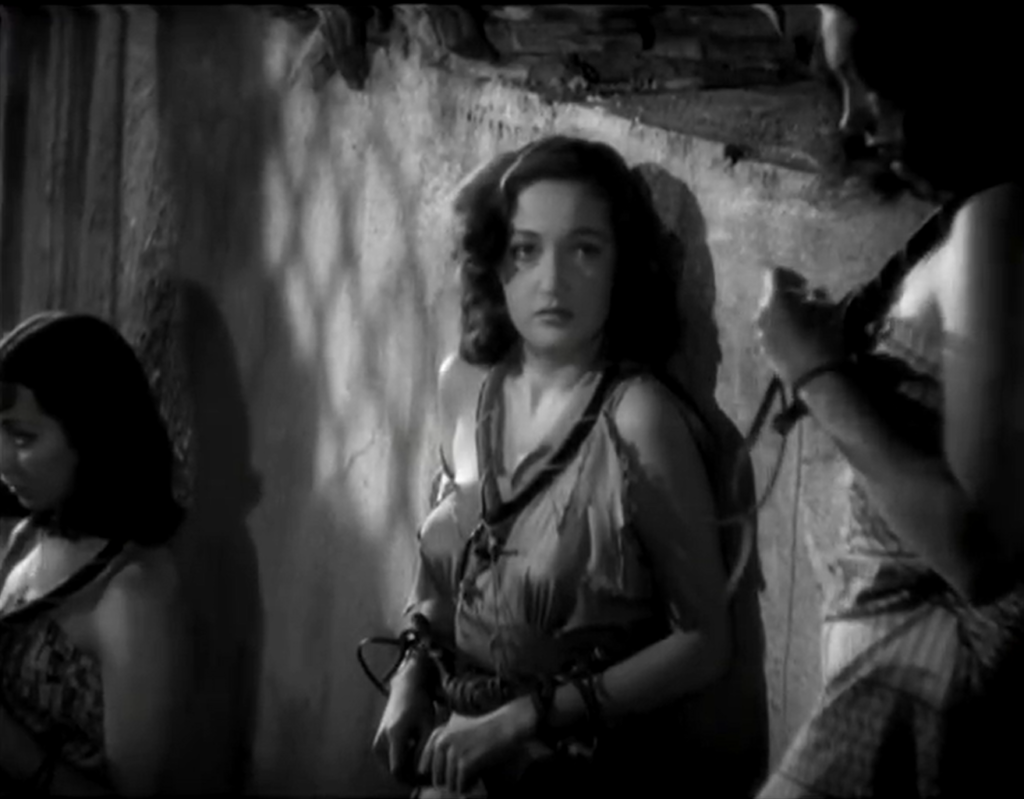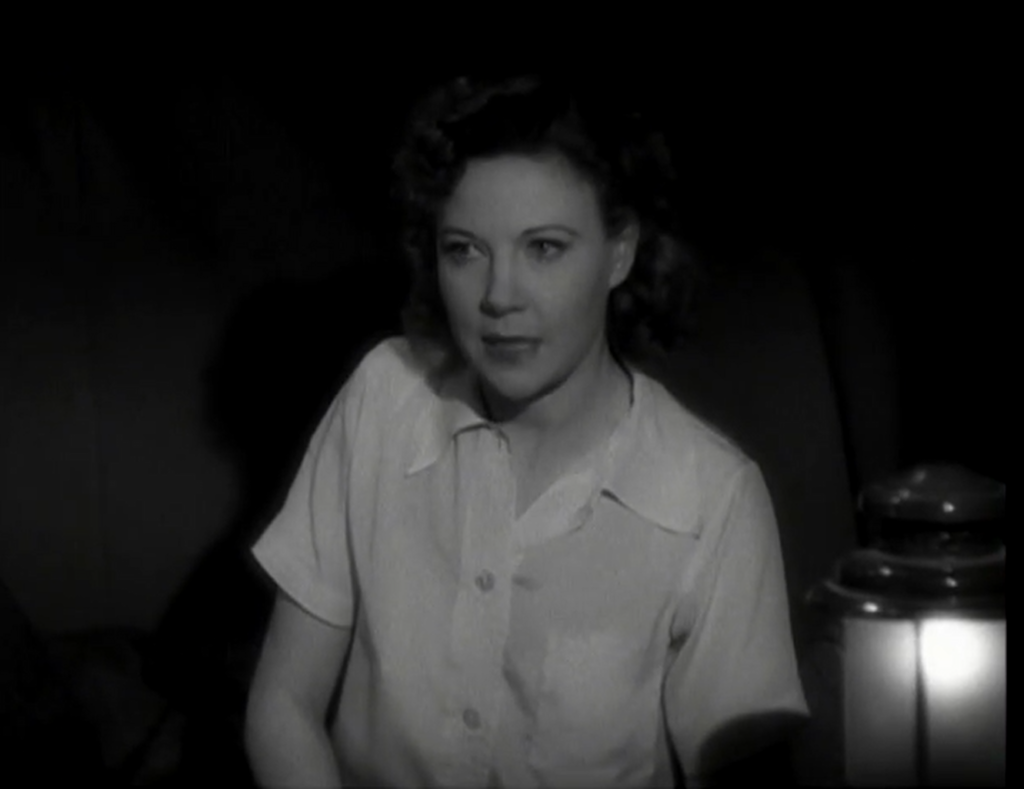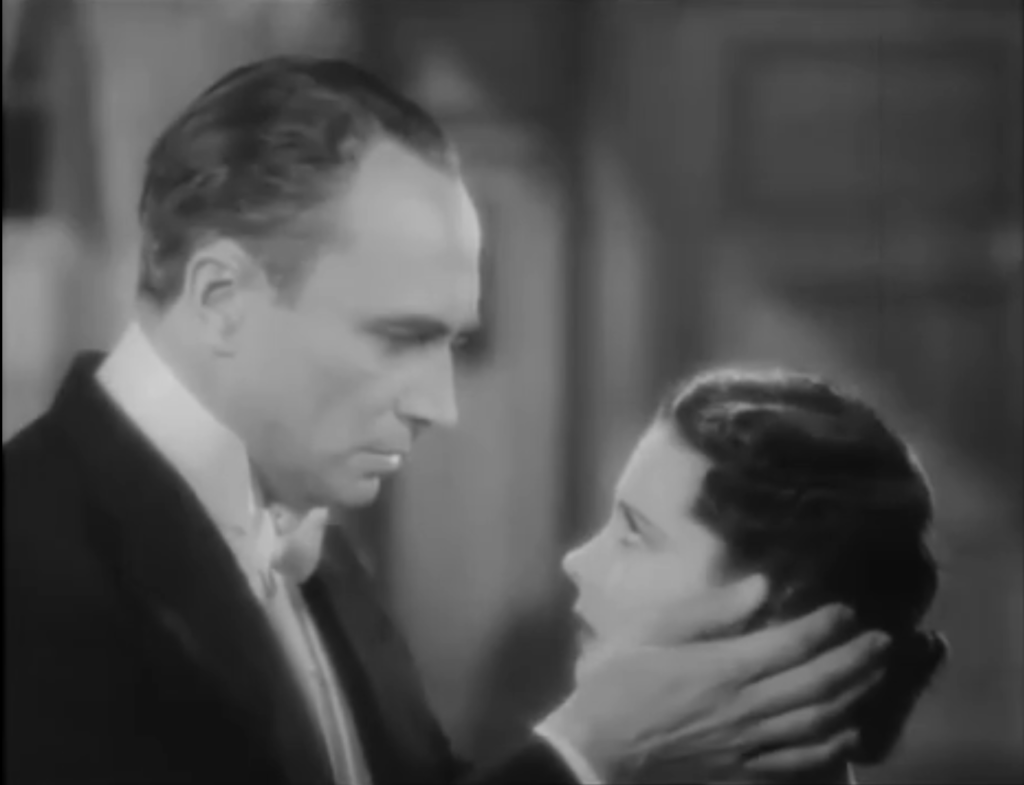Popeye (1980)
“I yam what I yam and I yam what I yam that I yam.”
|
Synopsis: |
|
Genres, Themes, Actors, and Directors:
Review: Meanwhile, Williams himself is fine and believable (if oddly restrained) in the title role: and other supporting actors — including Altman’s own grandson as Swee’ Pea, and Paul Dooley as Wimpy — are nicely cast as well. Wolf Krueger’s production design is the second primary reason to check this film out. Built on the island of Malta (and apparently still in existence as a significant tourist attraction), the set is a sight to behold, effectively portraying Sweet Haven as a quirky, ramshackle alter-universe. Where the film stumbles, ironically, is in its faithfulness to its comic origins. While there’s something undeniably tickling about seeing these 2-D characters made manifest (at least for fans of the original Fleischer shorts, like myself), the storyline — including a kidnapping of Swee’ Pea by Bluto (Paul L. Smith), and Popeye’s weird reconciliation with his absentee father: — eventually devolves into too much slapstick for its own good. Meanwhile, the songs (all written by Harry Nilsson) are decidedly hit-or-miss, with a number of them instantly forgettable. However, when Olive sings one of the more memorable tunes — “He’s Large” — in defense of her choice in beaus, and repeatedly states, “He may not be the best/But he’s large/And he’s mine”, one simply can’t help giggling. Redeeming Qualities and Moments: Must See? Links: |
